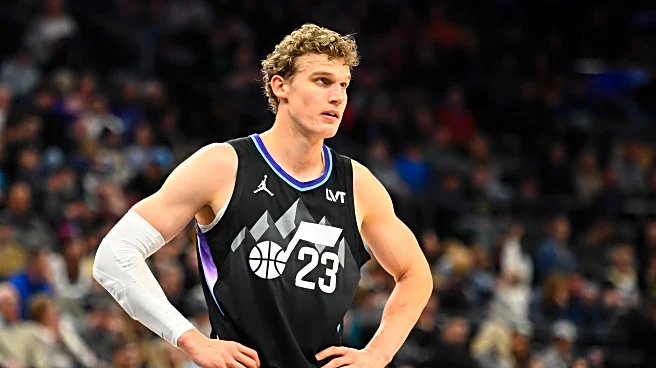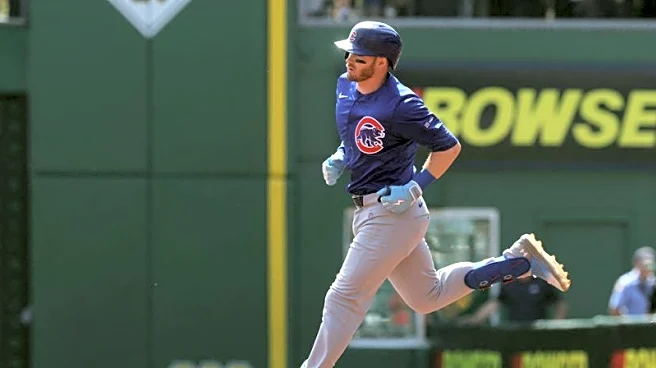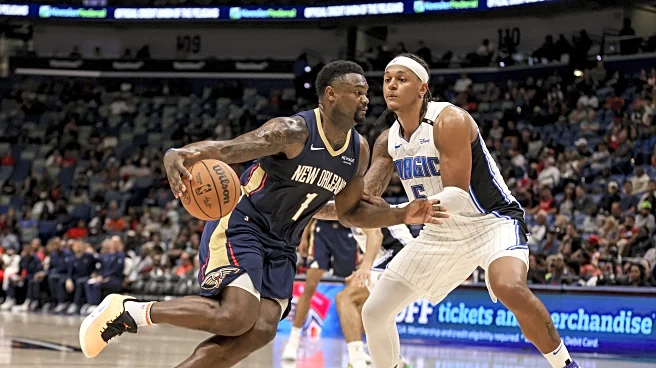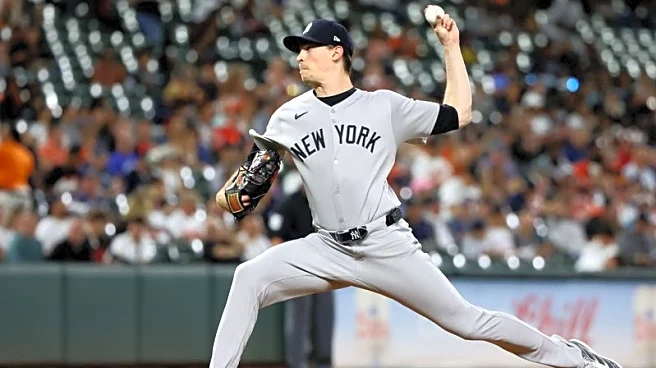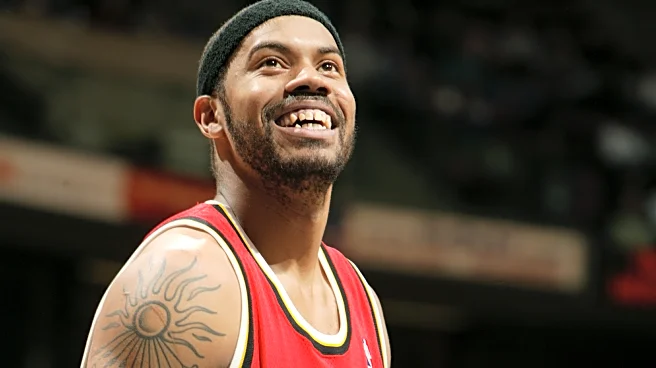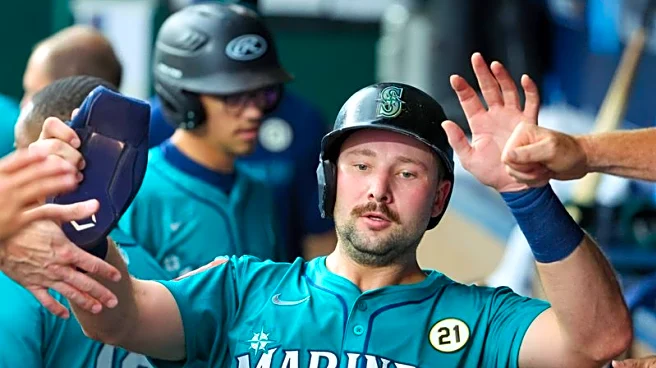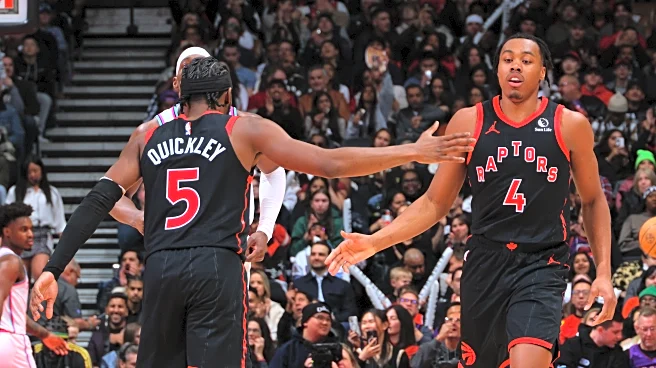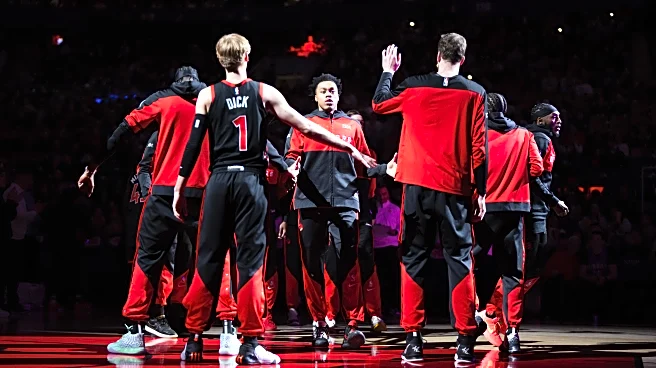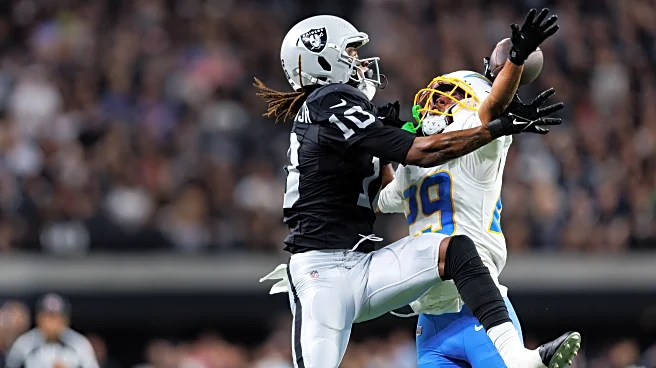As we ramp up towards the 2025-26 NBA season, I wanted to take a look back before looking ahead.
I introduced this series on Wednesday with the criteria clearly outlined for who I believe are the 25 best and most impactful Hawks of the previous 25 seasons. These have been an interesting past few 25 years for the franchise, often finding ways to win despite missing out on MVP-level talent.
The honorable mentions were below that preamble linked above, with a couple of notable role players and spot starters.
Now, we move into the range of key sixth man and useful starters on playoff teams.
So without further ado, let’s get into number 25 on my top 25 list:
No. 25: Jamal Crawford (2009-11)
Even years after his retirement, Crawford’s mixtapes go crazy. He’s every hooper’s favorite hooper with his array of behind-the-back dribbles and snatch back hesi middies. At every stop in his NBA career, Crawford ‘J-Crossover’ scored and created for himself at a level few could match. So what if he wasn’t the most connective fit in a five-man unit? Or that he was a major target on defense? He got buckets.
After starting for both the Chicago Bulls, New York Knicks, and Golden State Warriors, Crawford came to an Atlanta team that had Mike Bibby and Joe Johnson carved into the two starting guard spots. Thus, sixth man Jamal Crawford was born, and he won his first of three career Sixth Man of the Year awards in 2010 with the Hawks.
Crawford often played next to Joe Johnson once Mike Bibby sat, and in 155 games with Atlanta all off the bench, he averaged 16.1 points (44/36/86 shooting slash), 3.1 assists, and 2.1 rebounds per game. His self-created midrange and long-range shooting is the stuff of legends, and one bank shot in particular lives on in Atlanta Hawks lore as a major moment in a playoff series upset:
No. 24: DeMarre Carroll (2013-15)
Carroll was a relatively unknown journeyman when he signed with the Hawks from the Utah Jazz for two years and $5 million. He ended up starting 142 games for the Hawks at the small forward spot, often taking on the other team’s most critical offensive player as a relentless, bruising 6’6” defender. He even remade himself into a solid shooting wing, hitting 38% of his Hawks career threes on 4.0 attempts per game.
The Junkyard Dog broke out in 2013-14, but his play wasn’t truly noticed until he and the Hawks went on a crazy 19-game winning streak in 2014-15, including a perfect 17-0 record in January of that season. For his efforts, Carroll and the rest of the starting unit were collectively named the January 2015 Player of the Month.
Carroll even got Defensive Player of the Year votes that season in which he averaged 12.3 points, 5.3 rebounds, 1.7 assists and 1.3 steals per game. He received a nice payday from the Toronto Raptors in free agency that summer with his career peak behind him, but he’ll still be remembered fondly in Atlanta for his successful two seasons here.
No. 23: Mike Bibby (2008-11)
The Hawks had been looking for a franchise point guard to pair with their ascending core, having cycled through journeymen and unproductive draftees for a number of years. Prior to the 2007-08 season’s trade deadline, the Hawks decided to trade for a veteran who had recently been a part of successful Sacramento Kings (yes, at one point they had sustained success) teams of that decade.
Mike Bibby at this stage of his career wasn’t a primary option, so upon stepping into a team with Joe Johnson, Josh Smith, Al Horford, and others, he operated as a table-setting point guard, calming initiating the offense, finding teammates, and stretching the floor with catch-and-shoot threes.
He was an absolute marksman from deep, hitting 40% of his threes across these four seasons, and he was cautious playmaker, averaging 4.5 assists for 1.6 turnovers per game. Bibby was instrumental in the Hawks reaching the playoffs for the first time since 1999 — a run of three straight playoff appearances with him at the helm before being traded at the 2011 trade deadline.
No. 22: Kent Bazemore (2014-19)
Similar to Carroll, Kent Bazemore was a bit of a reclamation project for Mike Budenholzer and his Hawks University development program. ‘Baze’ showed a bit of bounce and slashing ability with the Warriors and Lakers, but never really got consistent minutes as an undrafted player from Old Dominion.
The Hawks signed him for cheap in the 2014 offseason, and he went on to form a key part of, I would argue, the strongest bench unit in the NBA in 2014-15. Once Carroll departed for Toronto, he stepped into the starting small forward role and played a glue guy role largely as a shooter and cutter from the corners in halfcourt sets. While he couldn’t quite replicate Carroll’s role on defense, he re-upped with the Hawks on a lucrative contract in the cap space-filled 2016 offseason.
But that 2017 offseason, the franchise made a hard pivot. In came Travis Schlenk to run the front office. Out went coach Bud in the 2018 offseason, and Bazemore himself was moved in the 2019 offseason to Portland after five productive seasons in Atlanta.
No. 21: De’Andre Hunter (2019-25)
In the middle of a Sixth Man of the Year caliber campaign — a career season when he averaged 17 points while shooting 41% from three — the Hawks made the decision to part with one of their longest tenured players this past February. And while his new team, the Cleveland Cavaliers, crashed out of the playoffs despite a stellar regular season, Hunter is really just now entering his prime after a rash of early career injuries.
The Hawks maneuvered in the 2019 NBA Draft to move up to fourth overall to draft Hunter, who was fresh off a championship season at the University of Virginia. He was supposed to grow into a stopper of an on-ball wing defender with loads of shooting upside. But despite the Hawks as a team taking flight in his second season in the NBA, Hunter missed a large chunk of that season (2020-21) and the next (2021-22) with knee injuries.
Hunter agreed with the team on a significant rookie extension in 2022, and after a rocky start to that extension, he’s become a strong sixth man for both Atlanta and Cleveland offering floor spacing, positional flexibility and reliable team defense.
It’s true that Hunter has been something of a disappointment as the fourth overall pick, but in the years since he’s turned into one of the best shooters in the league as a wing archetype that every NBA team desires. So even today, it’s still easy to root for the mild mannered player — at least when he’s not playing the Hawks.

